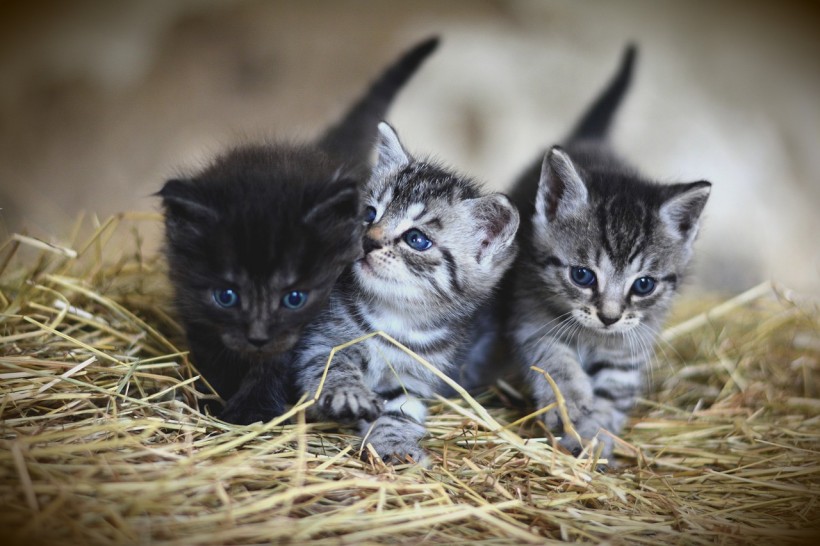Unlike dogs, cats maintain substantial control in selecting their partners. An unspayed queen cat may vanish during her heat cycle, returning pregnant, yet the resulting kittens might be a surprise with their diverse colors and personalities, raising questions about this phenomenon. So, how is this possible?

Can Cats Get Pregnant by Different Males at the Same Time? Researchers Investigate Feline Reproduction
Heat Cycle and Mating Behavior of Cats
Cats have heat cycles associated with longer days and warmer weather, the period when they can become pregnant. This phase, lasting 5 to 8 days, although sometimes up to 20, is characterized by unusual behaviors like rubbing objects and vocalization.
After a cycle, there's an average 10-day break before the next one or a 3 to 14 days range, occurring every 12 to 20 days in the breeding season. Unspayed female cats go through these cycles, experiencing hormonal changes until mating.
Instinct drives cats to seek a mate. If outside, they may search for areas urine-marked by the chosen male. They engage in courtship behaviors, signaling their intentions, and mating can be as quick as a minute. Post-mating, females groom themselves and then repeat the process.
Heteropaternal Superfecundation: When Cats Have Multiple Partners
Female cats are also known as "queens" that typically deliver litters containing 3 to 5 kittens, although there have been instances of as many as 19 kittens born at once. Interestingly, even within the same litter, kittens can display remarkable differences in appearance. This diversity can be attributed to a fascinating phenomenon called "heteropaternal superfecundation."
Just like in humans, these kittens could be the equivalent of fraternal twins each having unique genetics, coexisting in the same uterus. Rather than a single male fertilizing multiple eggs, it's possible for each kitten to have a different father, or "tomcat." This phenomenon is not exclusive to cats; it has also been observed in other mammals, such as dogs, cows, and, albeit rarely, even humans.
From an evolutionary perspective, this trait offers advantages. The more tomcats a queen mates with, the higher the likelihood of having kittens. Additionally, the queen does not concern herself with the fact that one kitten has gray stripes while another sports orange spots because her genetic contribution is present in every one of these adorable little furballs.
READ ALSO: Why Do Cats Love Tuna? Umami Taste Receptors in Felines Explained
How Do Cats Have Multiple Partners?
Although uncommon, cats having multiple partners is possible. When a female cat mates with a male cat, the male's sperm remains in the queen's reproductive tract, paving the way for her to become pregnant.
During a period of being in heat, a female cat can release several eggs. Unlike many mammals, cats don't follow the conventional process of releasing an egg in preparation for fertilization. Instead, they experience induced ovulation, meaning that ovulation is triggered by the act of mating itself.
Queens in heat may engage in multiple mating sessions with different tomcats over several days as they search for the most suitable mate. Given that it takes around two days for an egg to make its way to the uterus, it's possible for a cat to become pregnant by different partners, with separate eggs potentially fertilized by distinct sperm residing within the queen's reproductive tract.
This intriguing phenomenon known as superfecundation has been documented in rare instances among humans. However, it remains quite unusual, adding another layer of fascination to the world of feline reproduction.
RELATED ARTICLE: Superfetation Twins Conceived Three Weeks Apart But Born on the Same Day
Check out more news and information on Cats in Science Times.




![Earth's Quasi-Moon Kamo‘oalewa Could Originate From Lunar Surface Not Asteroid Belt [Study]](https://1721181113.rsc.cdn77.org/data/thumbs/full/53275/89/56/50/40/earths-quasi-moon-kamo-oalewa-could-originate-from-lunar-surface-not-asteroid-belt-study.png)









